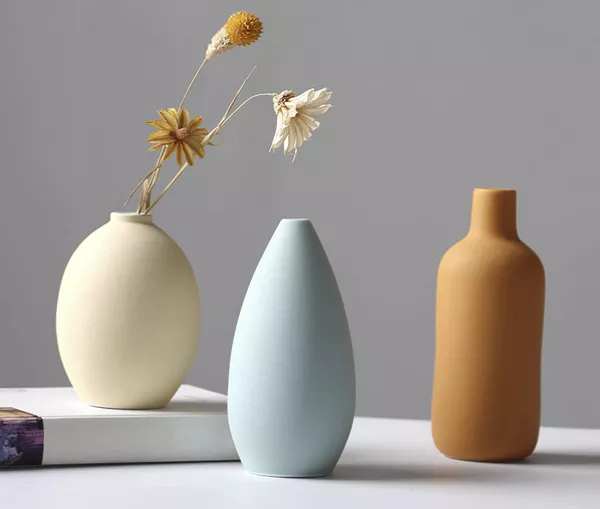Pressing flowers is a cherished art form that allows enthusiasts to capture the fleeting beauty of blooms in a lasting form. Yet, despite the meticulous care taken during the pressing process, discovering mold on pressed flowers can be disheartening. Mold not only mars the appearance of these delicate creations but can also compromise their structural integrity over time. In this comprehensive article, we delve into the intricate factors contributing to mold growth on pressed flowers, offering detailed insights and practical tips for prevention.
Understanding Mold Growth
Mold, a type of fungus, thrives in environments characterized by moisture, warmth, and darkness. When conditions are favorable, mold spores present in the air settle on surfaces, including pressed flowers, and germinate. Pressed flowers, with their organic material and residual moisture, provide an ideal habitat for mold growth if not properly dried and stored.
Causes of Mold Growth on Pressed Flowers
1. Moisture Retention: The primary culprit behind mold growth on pressed flowers is inadequate moisture removal during the pressing process. Flowers naturally contain water, and when they are pressed, this moisture must be effectively expelled to prevent mold formation. However, if flowers are not pressed uniformly or if excess moisture remains trapped within the layers of absorbent material, mold can flourish.
2. Inadequate Ventilation: Proper airflow is essential for facilitating the drying process of pressed flowers. Without adequate ventilation, moisture becomes trapped, creating a conducive environment for mold growth. Pressing flowers in enclosed spaces or in areas with poor air circulation increases the risk of mold infestation.
3. Contaminated Materials: Mold spores are ubiquitous in the environment and can adhere to the materials used for pressing flowers, such as blotting paper, cardboard, or fabric. Reusing contaminated materials without proper cleaning or sterilization introduces mold spores to the pressed flowers, fostering mold development.
4. Suboptimal Drying Technique: Effective drying technique is crucial for preventing mold growth on pressed flowers. Flowers should be pressed with even pressure and between layers of absorbent material, such as parchment paper or blotting paper, to facilitate moisture removal. Rushing the drying process or applying excessive heat can compromise the integrity of the flowers and make them more susceptible to mold.
5. Environmental Factors: The surrounding environment significantly influences the likelihood of mold growth on pressed flowers. High humidity levels, fluctuating temperatures, exposure to sunlight, and proximity to sources of moisture all contribute to mold proliferation. Pressed flowers should be stored in a controlled environment to minimize these environmental stressors.
Preventing Mold Growth on Pressed Flowers
1. Optimal Drying Conditions: Prioritize thorough drying of pressed flowers by employing proper technique and allowing sufficient time for moisture expulsion. Ensure uniform pressure distribution during pressing and periodically check the flowers for residual moisture.
2. Environment Control: Select a well-ventilated and dry location for pressing flowers, ideally indoors away from humidity-prone areas. Avoid pressing flowers on rainy or humid days, as atmospheric moisture can impede the drying process.
3. Material Hygiene: Thoroughly clean and sanitize all materials used for pressing flowers to eliminate any traces of mold spores. Consider using disposable or easily washable materials to minimize the risk of contamination.
4. Strategic Storage: Store pressed flowers in a cool, dry, and dark environment to preserve their integrity and deter mold growth. Utilize airtight containers or sealed bags to minimize exposure to environmental factors that promote mold proliferation.
5. Regular Inspection and Maintenance: Routinely inspect pressed flowers for signs of mold growth, discarding any affected specimens promptly to prevent spread. Monitor environmental conditions and adjust storage arrangements as needed to maintain optimal conditions for preservation.
Conclusion
While the appearance of mold on pressed flowers may be discouraging, it is a manageable challenge with proper understanding and proactive prevention measures. By addressing the underlying causes of mold growth and implementing meticulous care throughout the pressing and storage process, enthusiasts can enjoy the beauty of pressed flower arrangements free from mold infestation. With patience, attention to detail, and a commitment to preservation, pressed flowers can serve as enduring reminders of nature’s elegance and resilience.


